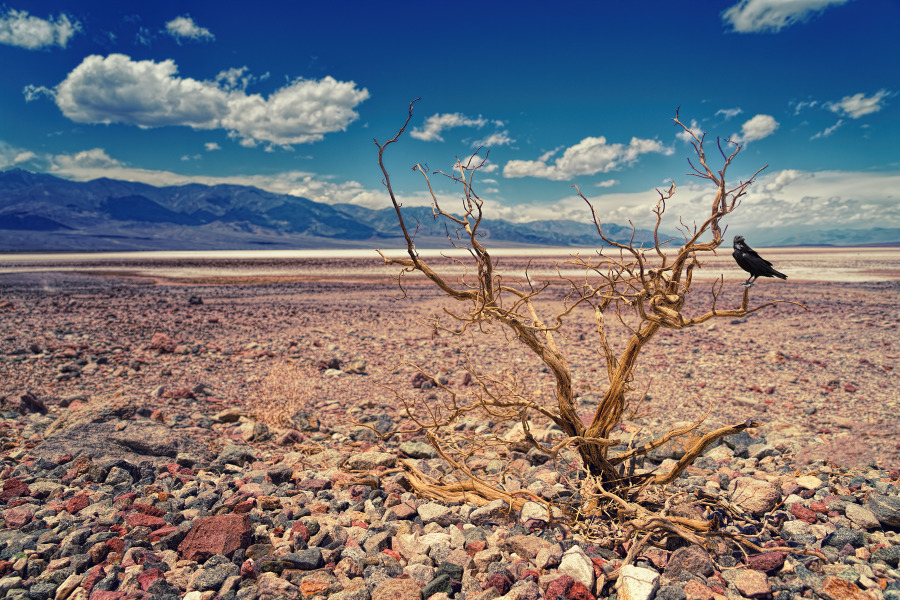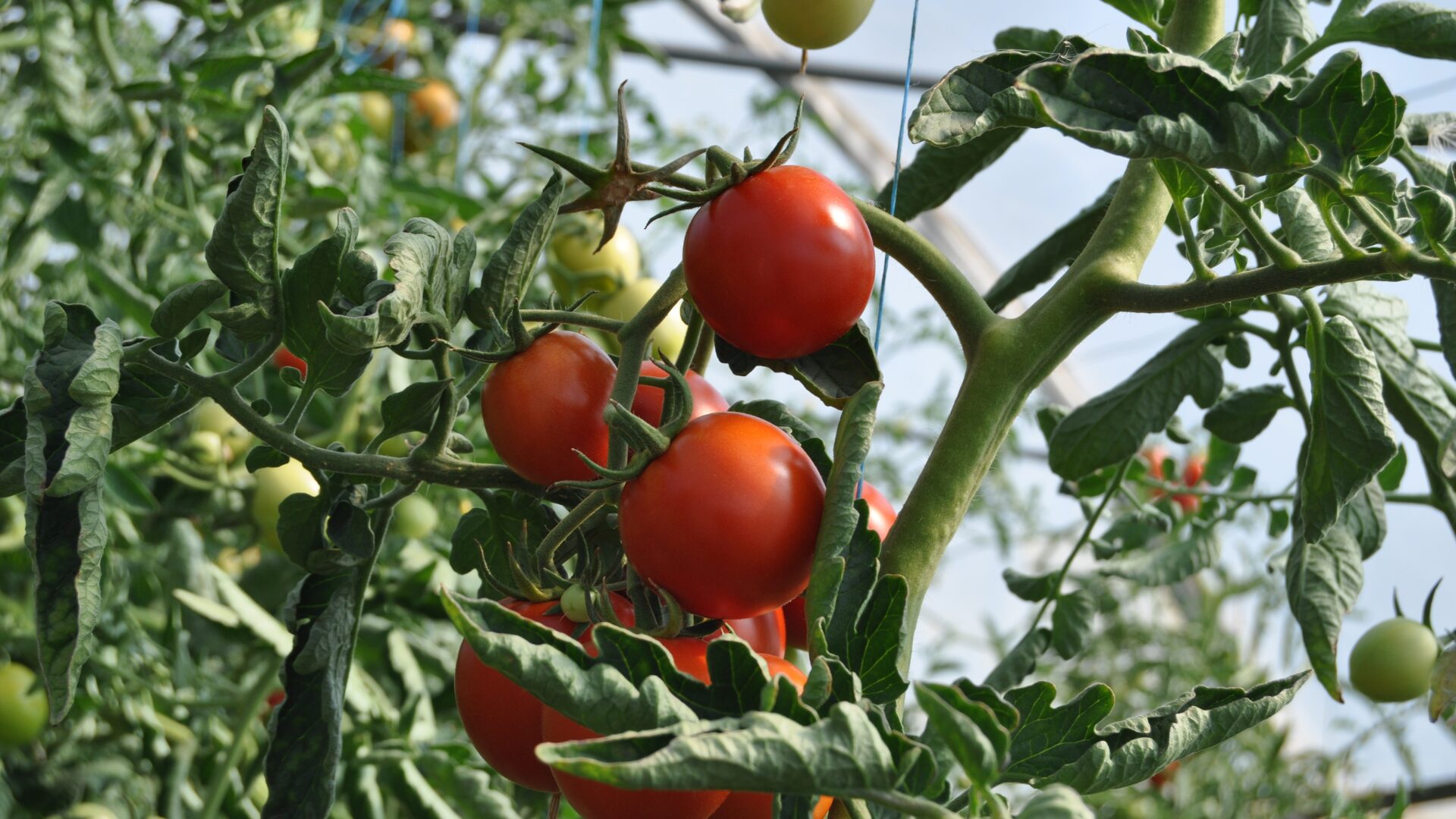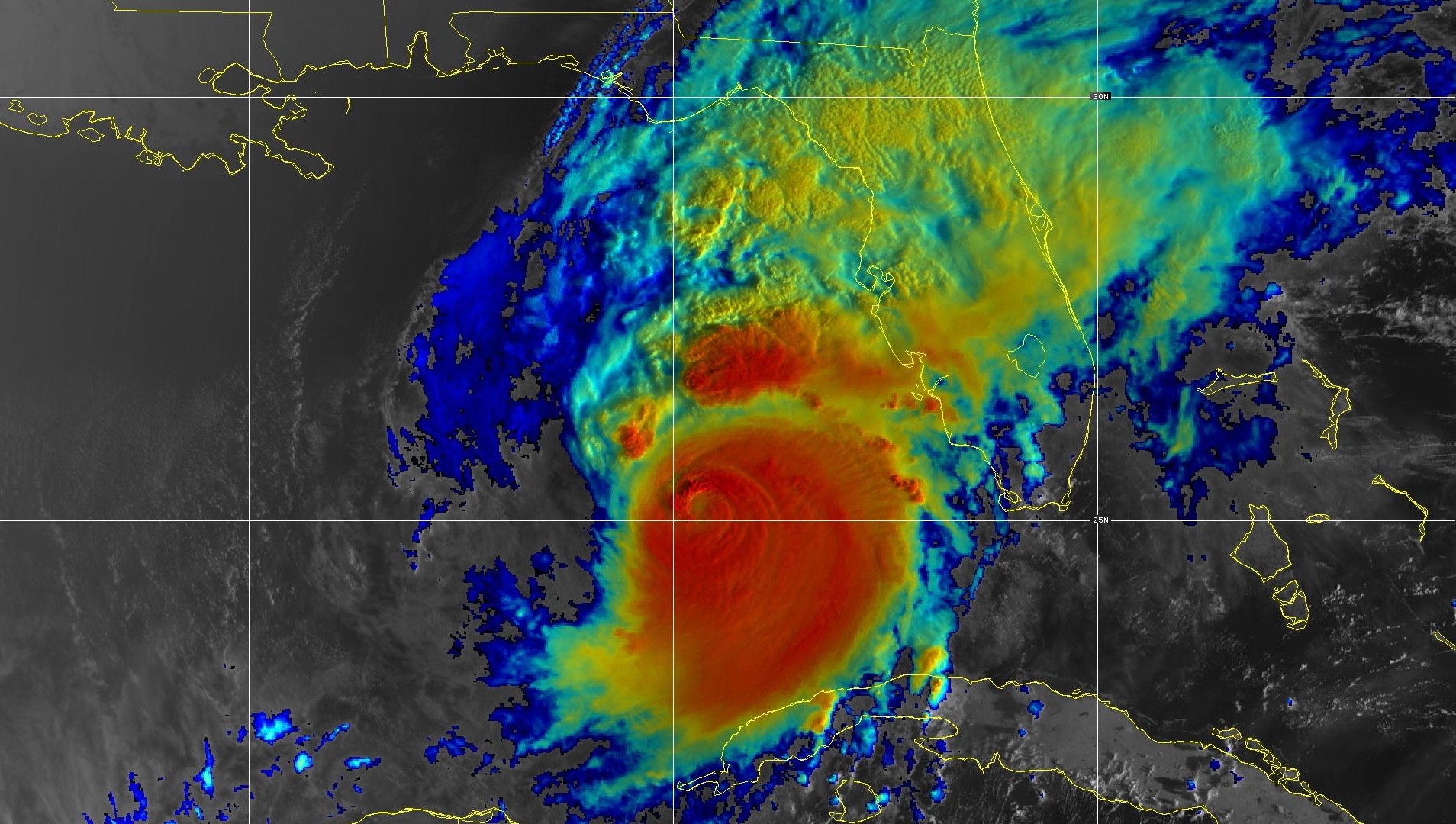“Every moving thing lifted the dust into the air: a walking man lifted a thin layer as high as his waist, and a wagon lifted the dust as high as the fence tops, and an automobile boiled a cloud behind it.”
So opens The Grapes of Wrath, the 1939 novel written by John Steinbeck that in part deals with the effect of the Dust Bowl on the American economy. In 2021, U.S. farmers are staring down drought conditions which could profoundly affect their operations for the remainder of the year and, perhaps, for years to come.
Water Dries Up in Colorado River, Rio Grande
The water situation in the western half of the U.S. is concerning, to say the least. The U.S. Bureau of Reclamation released 24-month projections the week of April 11, finding the Colorado River would be drier than in typical years, reported CBS News (April 17).
The river is a major source of water for many regions in the U.S., and with less water running down from the Rocky Mountains, it appears unlikely that Lake Powel and Lake Mead will capture enough water to fully support businesses and citizens living nearby.
Meanwhile, the Rio Grande may go dry in 2021 for the first time in 30 years as federal water managers outlined a scenario with little rainfall, below-average snowpack, low soil moisture levels, and warm temperatures. The waterway is a major source of irrigation for thousands of square miles of farmland in New Mexico, Texas, and Mexico, reported CBS News (April 15).
Federal Response
The federal government may be forced to issue its first-ever official shortage declaration and prompt cuts in Arizona and Nevada. However, the April figures are not typically used for these declarations; rather, an August report will likely force any binding changes to the western water systems.
Overall, USDA reported 10% of the country was encompassed in an extreme drought. The entirety of North Dakota was said to be in a state of drought, while South Dakota was 78% encompassed in drought.
On March 5, Secretary of Agriculture Tom Vilsack declared 50 California counties as “primary natural disaster areas” due to drought, opening up emergency funding for farmers there.
More than a Year-by-Year Problem
Some are wondering if California is in the midst of a “megadrought.” Some researchers argue human-caused climate change is driving the hydrological event, with UCLA bioclimatologist Park Williams arguing that these conditions are not entirely due to natural variability, reported Los Angeles Times (April 18). Williams argues that period of 2000-18 was the second-driest period in the region over the last 1,200 years.
And although annual droughts are nothing new, researchers argue the wet periods between them are becoming more sporadic, and drought periods are longer and drier. While 2017 presented record rainfall for California, it may not be enough to contend with these severe droughts.
“Once your precipitation has recovered, that doesn’t mean your stream flow is recovered or your groundwater is recovered,” said Hoori Ajami, an assistant professor of groundwater hydrology at the University of California, Riverside. “Our estimate is it could take for groundwater between three to 10 years on average to recover.”











